Contents
Preface
1 Introduction
1.1 What Is a Continuous System?
1.2 A Comparison of Frequencies Obtained from Continuous and Discrete Models
1.3 A Preview of the Subsequent Chapters
2 Transverse Vibrations of Strings
2.1 Differential Equation of Motion
2.2 Free Vibrations; Classical Solution
2.3 Initial Conditions
2.4 Consideration of Transverse Gravity
2.5 Free Vibrations; Traveling Wave Solution
2.6 Other End Conditions
2.7 Discontinuous Strings
2.8 Damped Free Vibrations
2.9 Forced Vibrations; Eigenfunction Superposition Method
2.10 Forced Vibrations; Closed Form Exact Solutions
2.11 Energy Functionals for a String
2.12 Rayleigh Method
2.13 Ritz Method
2.14 Large Amplitude Vibrations
2.15 Some Concluding Remarks
References
Problems
3 Longitudinal and Torsional Vibrations of Bars
3.1 Equation of Motion for Longitudinal Vibrations
3.2 Equation of Motion for Torsional Vibrations
3.3 Free Vibration of Bars
3.4 Other Solutions by Analogy
3.5 Free Vibrations of Bars with Variable Cross-Section
3.6 Forced Vibrations of Bars; Material Damping
3.7 Energy Functionals and Rayleigh and Ritz Methods
References
Problems
4 Beam Vibrations
4.1 Equations of Motion for Transverse Vibrations
4.2 Solution of the Differential Equation for Free Vibrations
4.3 Classical Boundary Conditions—Frequencies and Mode Shares
4.4 Other Boundary Conditions—Added Masses or Springs
4.5 Orthogonality of the Eigenfunctions
4.6 Initial Conditions
4.7 Continuous and Discontinuous Beams
4.8 Forced Vibrations
4.9 Energy Functionals—Rayleigh Method
4.10 Ritz Method
4.11 Effects of Axial Forces
4.12 Shear Deformation and Rotary Inertia
4.13 Curved Beams—Equations of Motion
4.14 Curved Beams—Vibration Analysis
References
Problems
5 Membrane Vibrations
5.1 Equation of Motion for Transverse Vibrations
5.2 Free Vibrations of Rectangular Membranes
5.3 Circular Membranes
5.4 Annular and Sectorial Membranes
5.5 Initial Conditions
5.6 Forced Vibrations
5.7 Energy Functionals; Rayleigh and Ritz Methods
References
Problems
6 Plate Vibrations
6.1 Equation of Motion for Transverse Vibrations
6.2 Free Vibrations of Rectangular Plates; Exact Solutions
6.3 Circular Plates
6.4 Annular and Sectorial Plates
6.5 Energy Functionals; Rayleigh and Ritz Methods
6.6 Approximate Solutions for Rectangular Plates
6.7 Other Free Vibration Problems for Plates According to Classical Plate Theory
6.8 Complicating Effects in Plate Vibrations
References
Problems
7 Shell Vibrations
7.1 Introduction
7.2 Equations of Motion for Shallow Shells
7.3 Free Vibrations of Shallow Shells
7.4 Equations of Motion for Circular Cylindrical Shells
7.5 Solutions for Deep or Closed Circular Cylindrical Shells
References
Problems
8 Vibrations of Three-Dimensional Bodies
8.1 Equations of Motion in Rectangular Coordinates
8.2 Exact Solutions in Rectangular Coordinates
8.3 Approximate Solutions for Rectangular Parallelepipeds
8.4 Exact Solutions in Cylindrical Coordinates
8.5 Approximate Solutions for Solid Cylinders
8.6 Approximate Solutions for Hollow Cylinders
8.7 Other Three-Dimensional Bodies
References
Problems
9 Vibrations of Composite Continuous Systems
9.1 Differential Equation of a Laminated Body in Rectangular Coordinates
9.2 Laminated Beams
9.3 Laminated Thick Beams
9.4 Beams with Tubular Cross-Sections
9.5 Laminated Thin Curved Beams
9.6 Laminated Thick Curved Beams
9.7 Laminated Thin Plates
9.8 Thick Plates
9.9 Laminated Shallow Shells
9.10 Laminated Thick Shallow Shells
9.11 Laminated Cylindrical Shells
9.12 Vibrations of Other Laminated Shells
References
Problems
A: Summary of One Degree-of-Freedom Vibrations (with Viscous Damping)
B: Bessel Functions: Some Useful Information
C: Hyperbolic Functions: Some Useful Relations
Index
A
B
C
D
E
F
G
H
I
K
L
M
N
O
P
Q
R
S
T
V
W
Y
Z

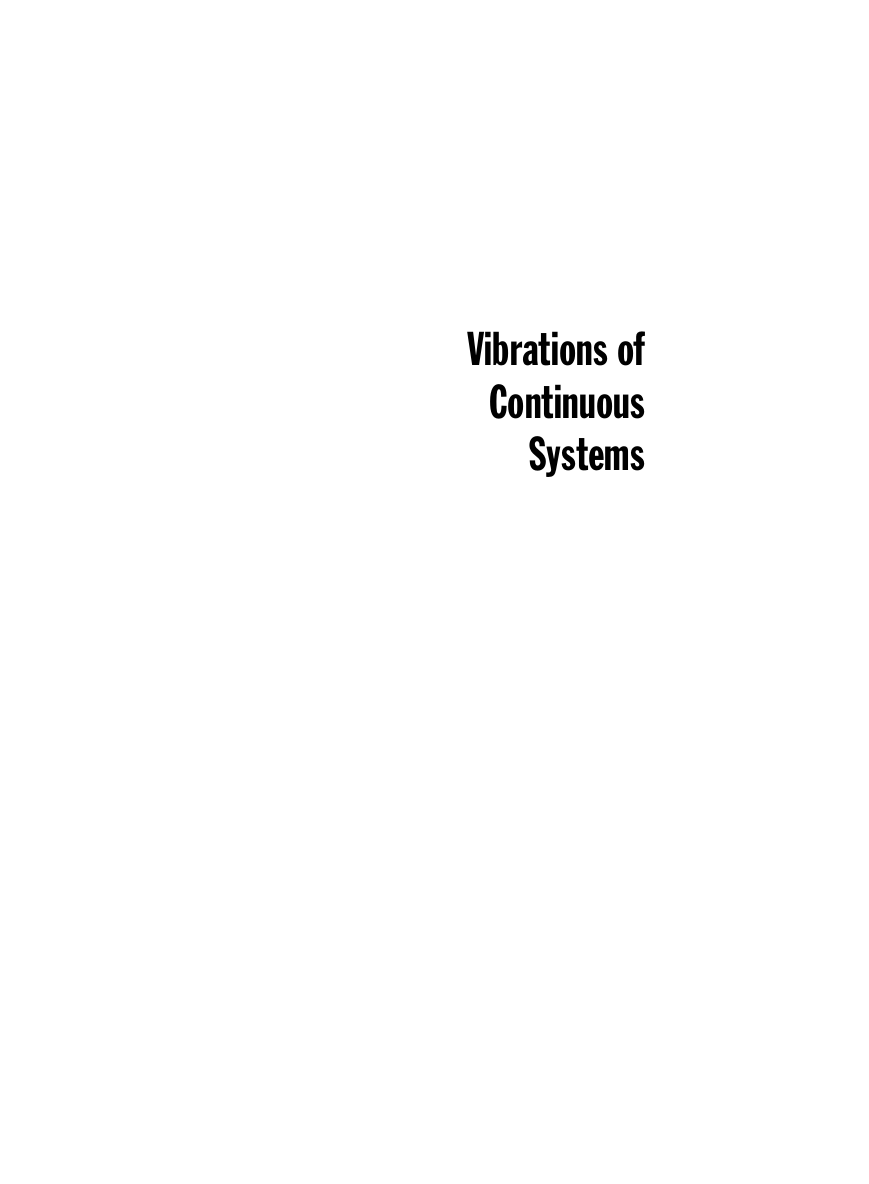
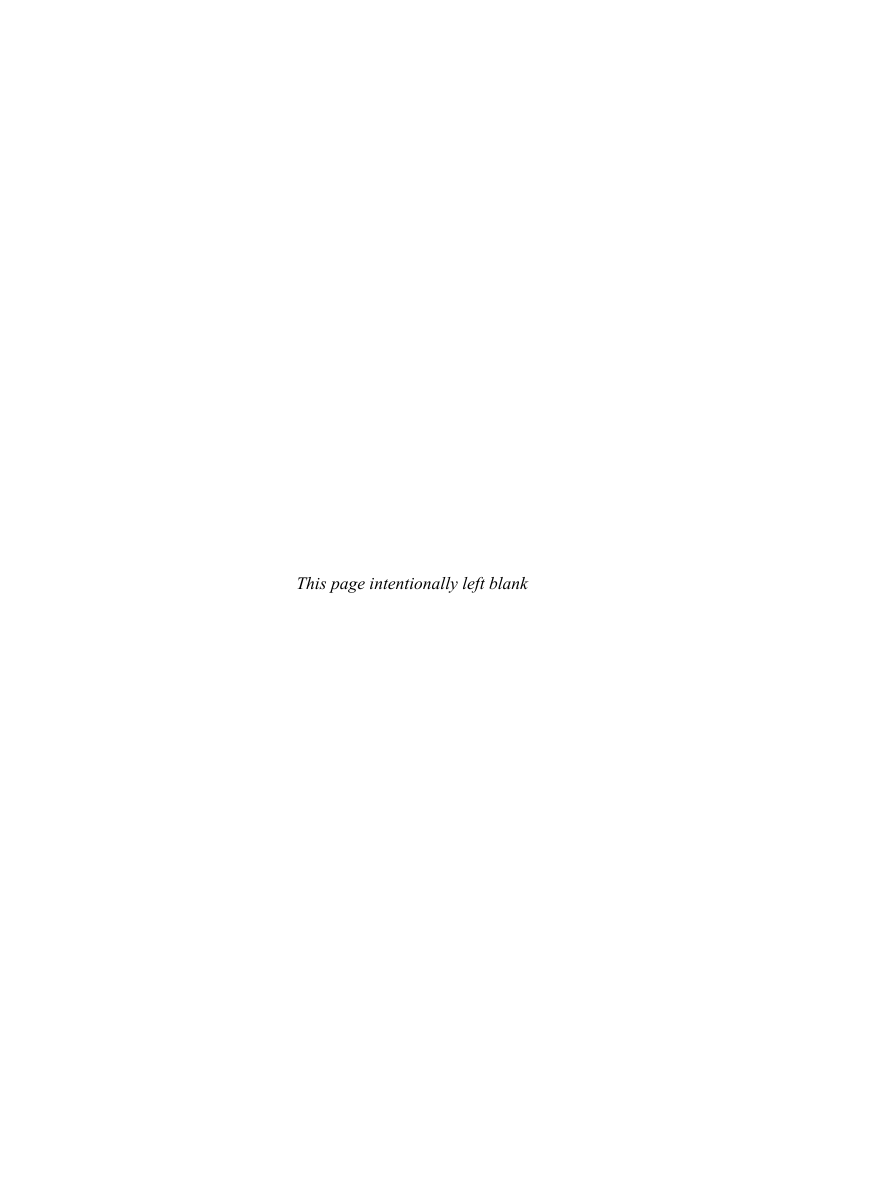
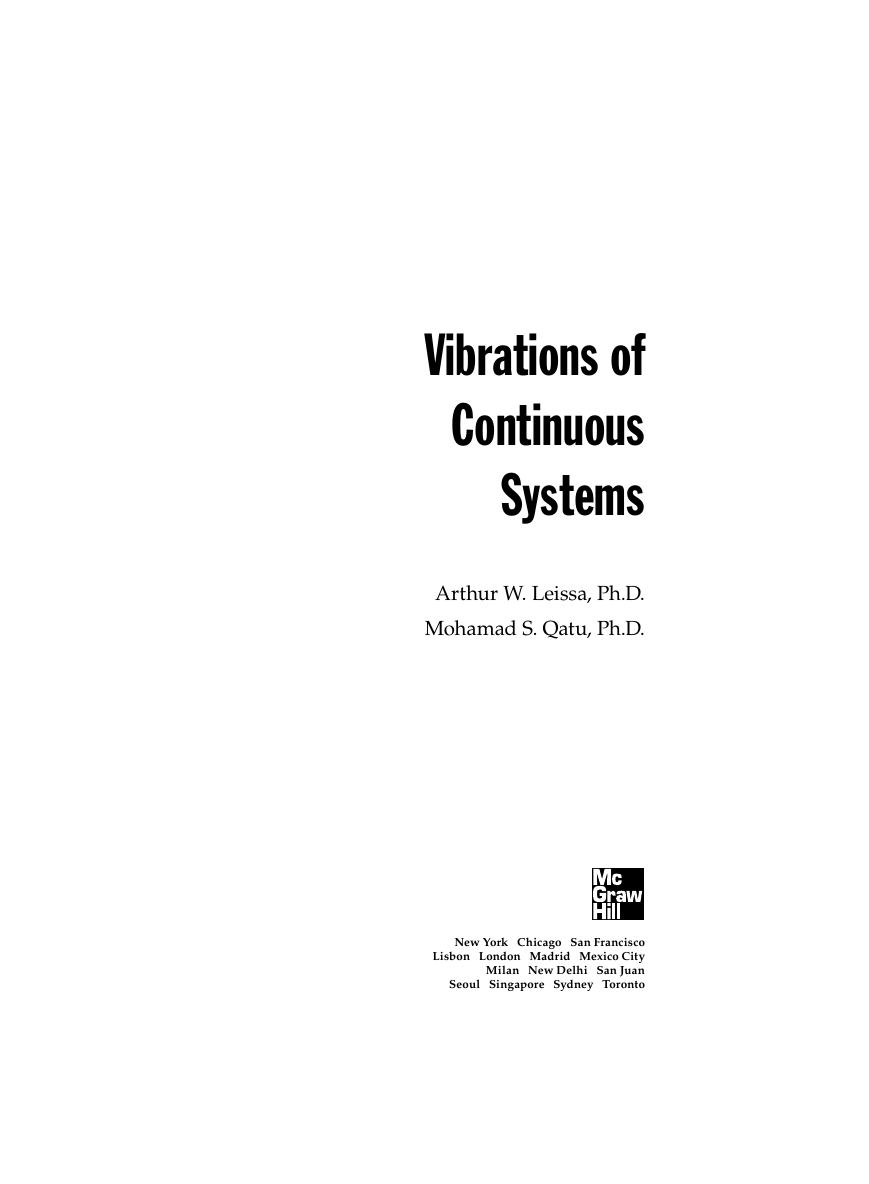
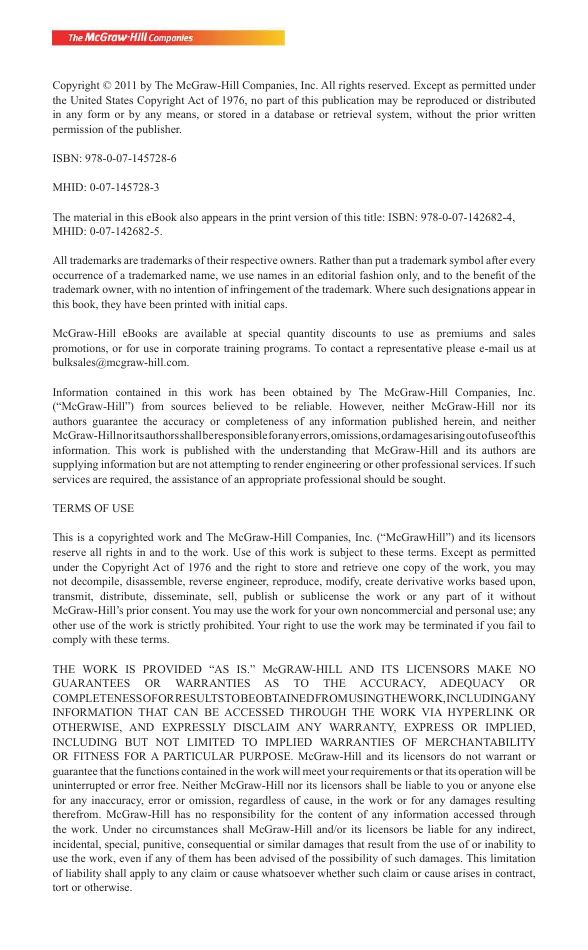
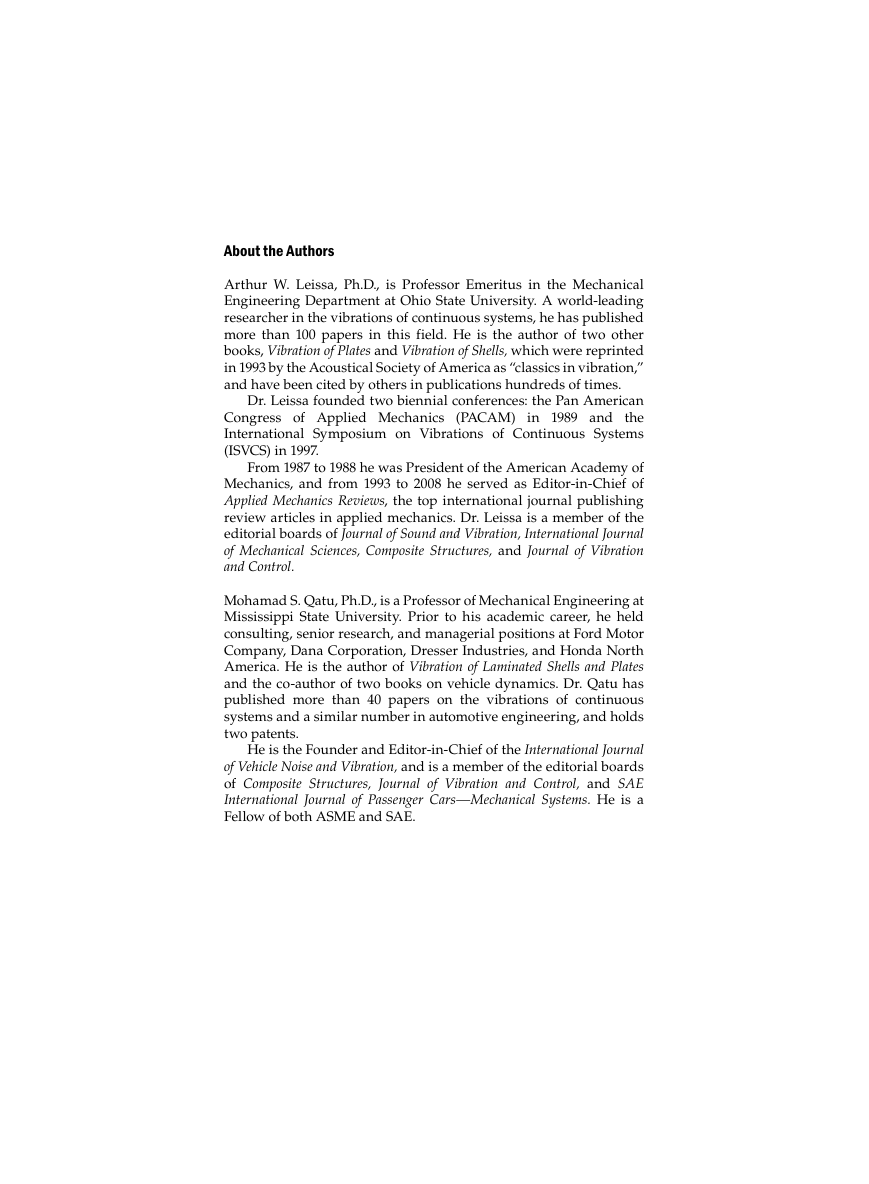
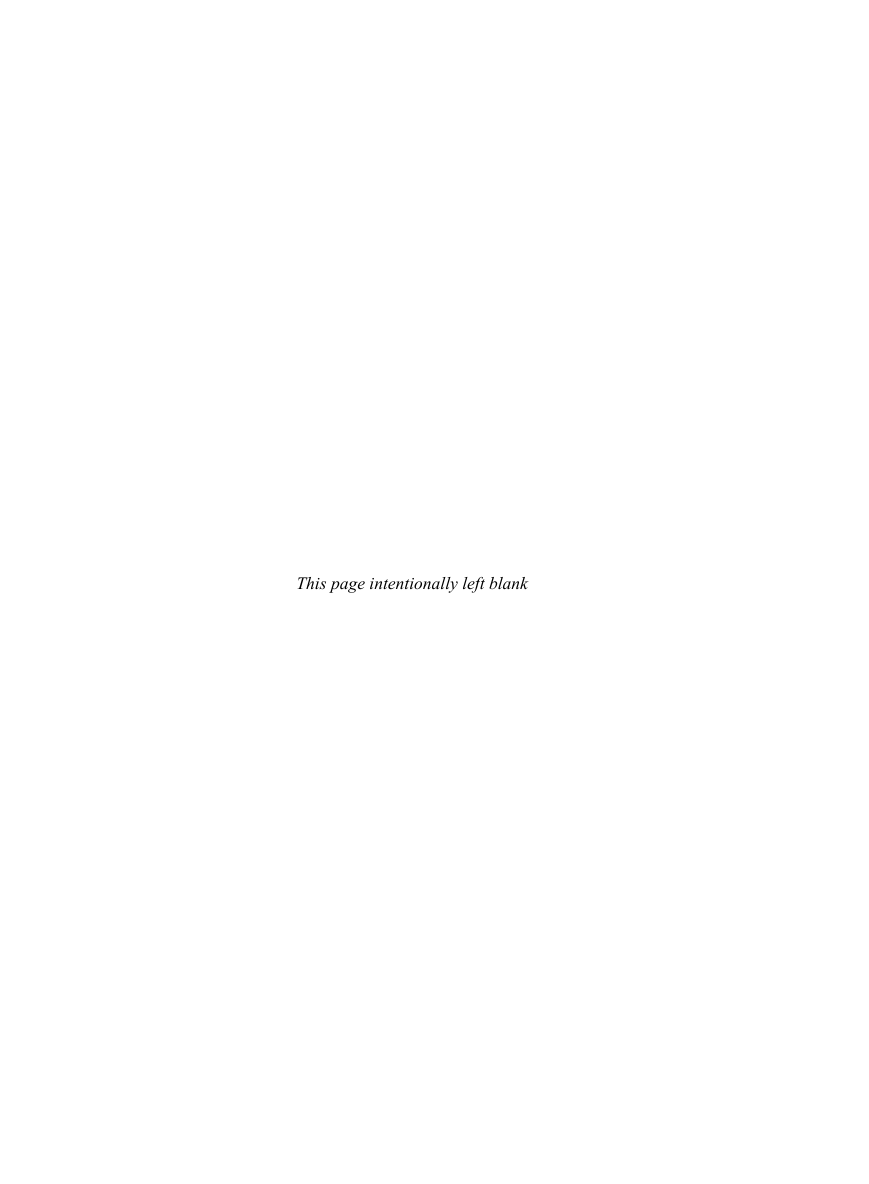
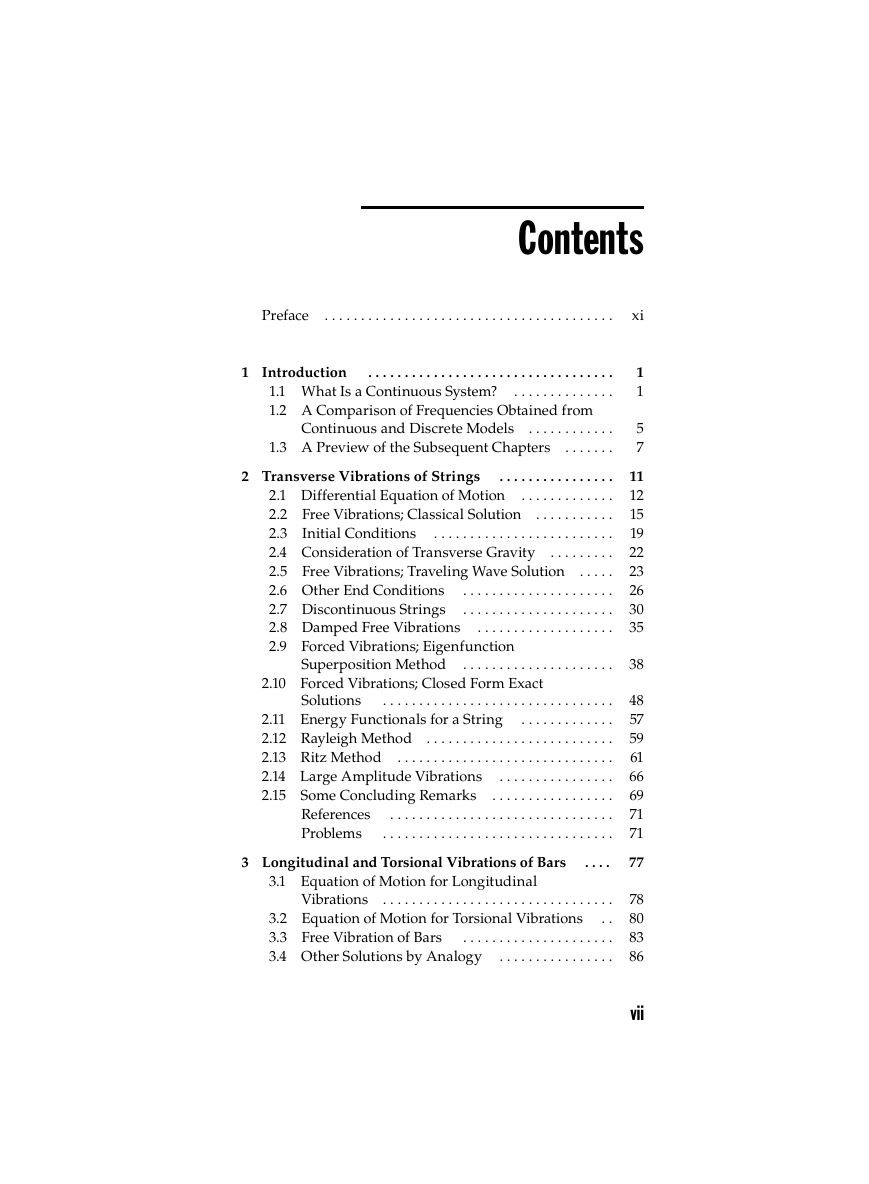








 2023年江西萍乡中考道德与法治真题及答案.doc
2023年江西萍乡中考道德与法治真题及答案.doc 2012年重庆南川中考生物真题及答案.doc
2012年重庆南川中考生物真题及答案.doc 2013年江西师范大学地理学综合及文艺理论基础考研真题.doc
2013年江西师范大学地理学综合及文艺理论基础考研真题.doc 2020年四川甘孜小升初语文真题及答案I卷.doc
2020年四川甘孜小升初语文真题及答案I卷.doc 2020年注册岩土工程师专业基础考试真题及答案.doc
2020年注册岩土工程师专业基础考试真题及答案.doc 2023-2024学年福建省厦门市九年级上学期数学月考试题及答案.doc
2023-2024学年福建省厦门市九年级上学期数学月考试题及答案.doc 2021-2022学年辽宁省沈阳市大东区九年级上学期语文期末试题及答案.doc
2021-2022学年辽宁省沈阳市大东区九年级上学期语文期末试题及答案.doc 2022-2023学年北京东城区初三第一学期物理期末试卷及答案.doc
2022-2023学年北京东城区初三第一学期物理期末试卷及答案.doc 2018上半年江西教师资格初中地理学科知识与教学能力真题及答案.doc
2018上半年江西教师资格初中地理学科知识与教学能力真题及答案.doc 2012年河北国家公务员申论考试真题及答案-省级.doc
2012年河北国家公务员申论考试真题及答案-省级.doc 2020-2021学年江苏省扬州市江都区邵樊片九年级上学期数学第一次质量检测试题及答案.doc
2020-2021学年江苏省扬州市江都区邵樊片九年级上学期数学第一次质量检测试题及答案.doc 2022下半年黑龙江教师资格证中学综合素质真题及答案.doc
2022下半年黑龙江教师资格证中学综合素质真题及答案.doc